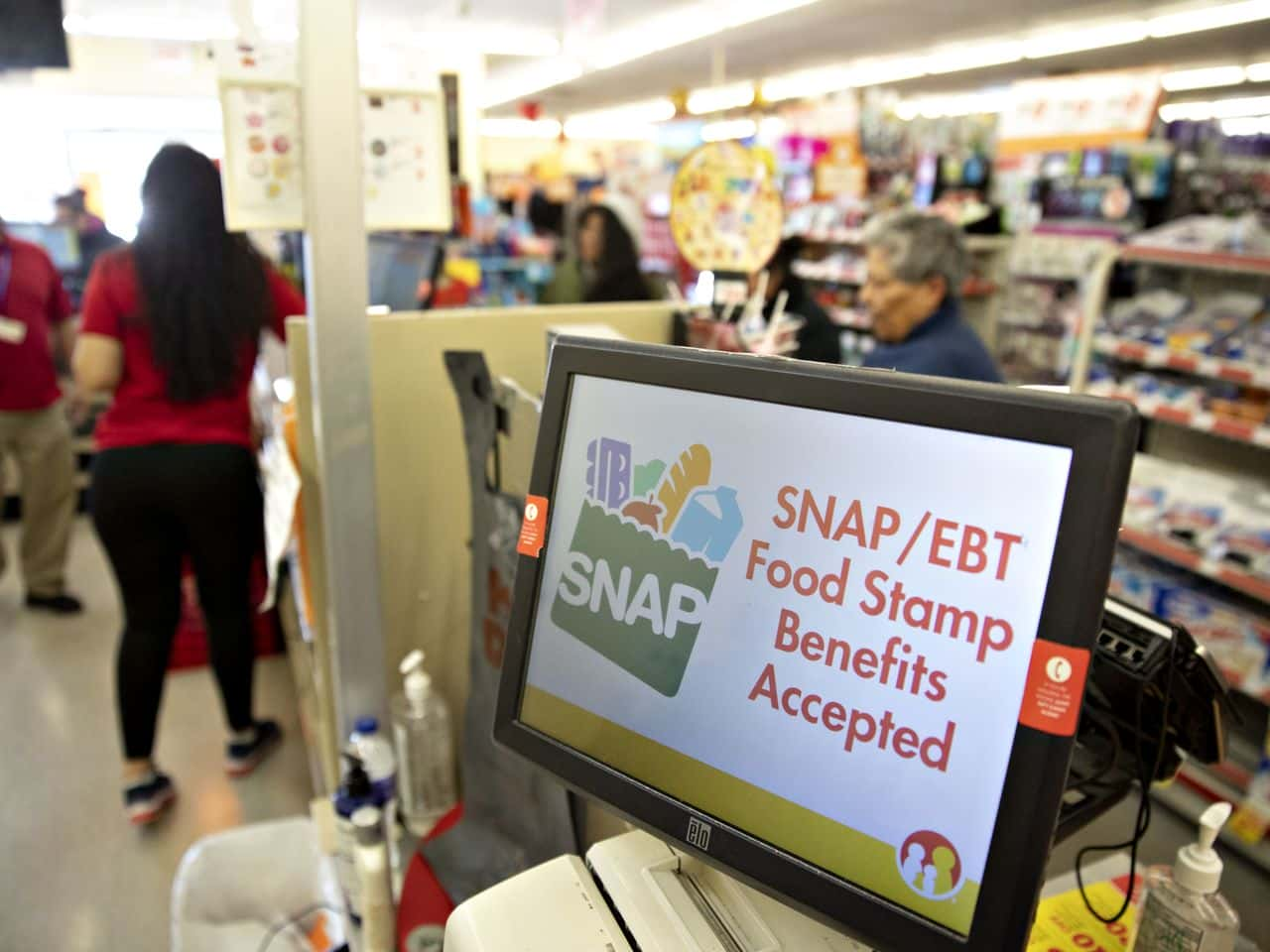In order to avoid a damaging debt default, the White House has agreed to implement spending cuts to various social safety net programs, including SNAP.

The Biden Administration and House Republicans’ to raise the debt ceiling has raised concerns about potential changes to the SNAP, commonly known as food stamps
Supplemental Nutrition Assistance Program (SNAP) is a federal initiative designed to provide assistance to low-income families and households in affording food. The new debt ceiling deal involves significant alterations to SNAP eligibility criteria. While the exact number of Americans directly affected by these changes remains unknown, the modifications expand work requirements for older citizens while also improving access for veterans and homeless populations.
Data from the U.S. Census Bureau’s American Community Survey reveals that in 2021, more than 15.8 million American households, equivalent to 12.4% of all households, received SNAP benefits. Although the full impact of the eligibility changes is uncertain, these modifications have sparked concerns among experts and advocates. Among the 23 metro areas in Texas for which data is available, the McAllen-Edinburg-Mission area exhibits the highest SNAP recipiency rate. In 2021, approximately 30.9% of households in this region received SNAP benefits.
Comparatively, the statewide SNAP recipiency rate in Texas stands at 12.2%
On a national scale, the McAllen-Edinburg-Mission area ranks as the metro area with the highest SNAP recipiency rate out of the 366 areas analyzed. These statistics highlight the significance of SNAP in providing essential support for vulnerable communities, particularly in areas with higher rates of economic hardship.
As the new eligibility changes take effect, the impact on SNAP recipients and the broader implications for addressing food insecurity will become clearer. Advocates will closely monitor the situation to ensure that necessary assistance continues to reach those in need, even as the program undergoes modifications.




